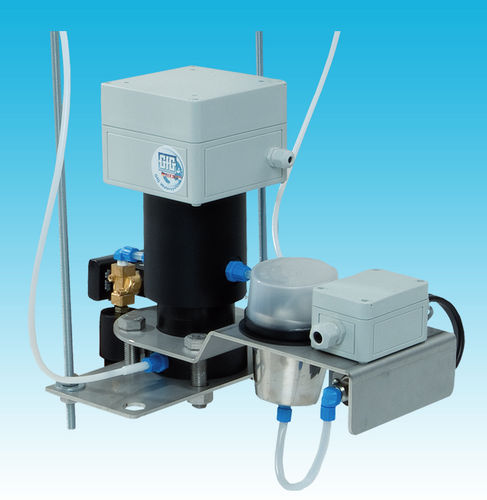
Refrigerant gas leak detector MiniCal IIIsniffing

Add to favorites
Compare this product
Characteristics
- Detected fluid
- refrigerant gas
- Other characteristics
- sniffing
Description
Reliable detection of ammonia in cooling circuits
NH3 detection for cooling circuits
NH3 cooling systems need for long-term security of investments, as well as in open systems to comply with the environmental standards, are continuously monitored for leaks. NH3 is one of the most widely used refrigerants. However, it has a strong irritant and corrosive effect. NH3 reacts aggressively and this reaction can result in leaks. To help prevent damage and create production process issues, NH3 leaks must be detected early, hence, allowing time to for rectification. This is achieved by detecting NH3 in the secondary cooling circuit. The MiniCal III system was developed specifically for this purpose. A unique system, easy to install, Minical III measures NH3 (0-100ppm), not pH change.
Early detection of NH3
To be able to detect ammonia leaks reliably, the selective measurement in the secondary circuit is essential. The MiniCal III system detects at low concentrations selectively (0.2 ppm), whether in normal water, in cycles or in brine mixtures such as ethylene glycol, propylene glycol, TYFOXIT, Pekasol, etc. Brine systems distinguish between the detection in water cycles and water. In both cases, electrodes are used with selective membranes, reacting if NH3 is in the cooling medium, however, the NH3 detection is performed independently of the medium and the pH with either an ammonium ion-selective electrode or a gas-sensitive ammonia electrode. Refrigeration systems with freons, R22, R134a, R404a, R407c etc. HFCs, HCFCs can also be monitored reliably with other specific sensors in the circuit.
Catalogs
MiniCal® III
2 Pages
*Prices are pre-tax. They exclude delivery charges and customs duties and do not include additional charges for installation or activation options. Prices are indicative only and may vary by country, with changes to the cost of raw materials and exchange rates.



